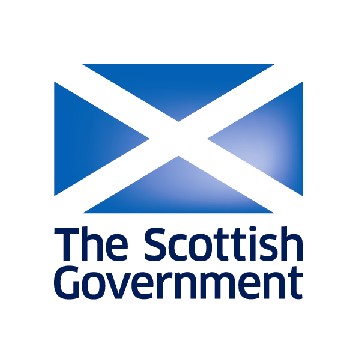The Cabinet Secretary for Finance in the Scottish Government, Derek Mackay, has introduced the draft Budget for 2017-18 to the Scottish Parliament. This year’s budget is the first under which Scottish Government has used powers devolved to it under the Scotland Act 2016 to control Income Tax in Scotland. After Income Tax, the second biggest revenue source over which Scottish Government has control is business rates, and the budget proposals contain some important announcements regarding business rates.
The 2017-18 year sees a revaluation of rateable values in Scotland, as in England and Wales, and the new values have now been published on the Scottish Assessors’ Association web portal. The multiplier to be applied to the new values for 2017-18 has been announced as 46.6 pence for small businesses (those with Rateable Value below £51,000) the same level as in England, and below the multiplier in Wales. This continues the recent policy of Scottish Government of matching its small business multiplier to that in England.
For larger businesses, those occupying properties with rateable values of more than £51,000, the multiplier for 2017-18 will be 49.2 pence. This is 1.3 pence higher than the equivalent figure in England, which will be 47.9 pence for 2017-18. The difference here is because Scottish Government is retaining its Small Business Rate Relief Supplement, paid by larger properties to fund the cost of small business rate relief, at 2.6 pence rather than the 1.3 pence that applies in England. Despite this, the fall in rateable values in Scotland at the 2017 rating revaluation means that overall business rates receipts in Scotland are set to fall from £2.768 billion in 2016-17 to £2.606 billion in 2017-18.
The Small Business Bonus scheme, which provides rates relief to smaller properties, will be expanded in 2017-18 and the maximum rateable value, below which 100% rate relief may apply will be increased to £15,000. This matches the movement in thresholds for small business rate relief in England announced in the Autumn Statement. Scottish Government estimates that this move will mean that 100,000 smaller properties in Scotland will pay no business rates at all.
There will be no scheme of transitional adjustments to phase in the new rates liabilities following the 2017 rating revaluation. This will be welcome news to those paying less following falls in value at the revaluation, but may cause problems for those who are paying more, in the more buoyant areas of Scotland such as Aberdeen and its surroundings.
The draft budget also doubles rural rate relief to 100% for certain properties for 2017-18, to match the relief available under the Small Business Bonus scheme. This mirrors a change made in England in the Autumn Statement (and reported in these News pages) and is designed to ensure that rural businesses are not disadvantaged by qualifying for rural rate relief, rather than for small business rate relief.
As with the Autumn Statement in England, there are few signs of any willingness to grapple with the fundamental problems in the business rates system, which are the very high rate of tax and the complexity of the system. There is a review of the business rates system in Scotland under way at present and this is being chaired by Ken Barclay, former Chairman of RBS. The Budget statement contains a commitment to “respond quickly” to this review when it reports in summer 2017. It will be interesting to see whether the review can come up with recommendations that will tackle the fundamental problems of the system – and even more interesting to see if Scottish Government is willing or able to do anything about these.

